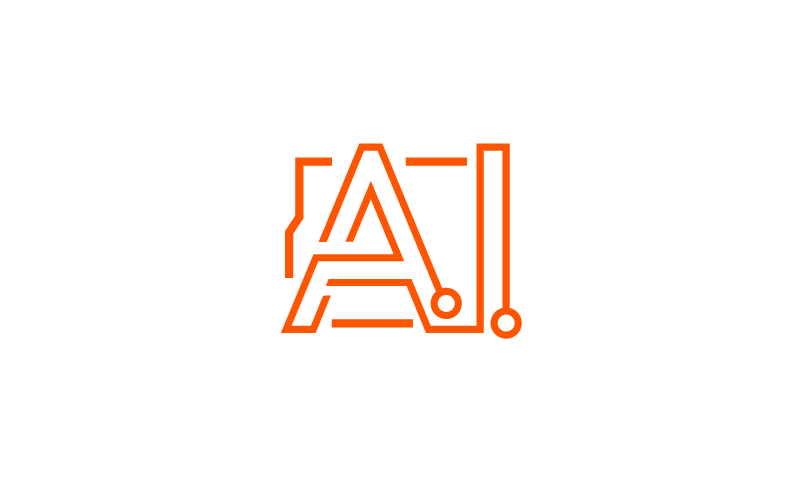How to Position Tech and Artificial Intelligence in Your Portfolio
Over the past few years, technology and artificial intelligence (AI) related stocks have garnered significant attention due to their innovation and outperformance. Big tech giants, such as Microsoft, Amazon and Google, have grown to dominate even broad-based indexes, and investing in technology now seems almost unavoidable for modern investors. But with tech and AI being such multifaceted sectors, one might wonder – what is the best way to integrate them into your portfolio?
One effective approach is to implement AI and technology ETFs in a core and satellite (C&S) model. This investment strategy involves dividing your investment portfolio into two distinct components: the “core” and its “satellites”. Below, we look at each component and how different ETFs may fit the bill.
Positioning Tech and AI ETFs in the Core
Core portfolio holdings are the heart of the C&S model and should consist of investments in which you have the strongest conviction and longest investment timeframes. A well-balanced core can consist of multiple investments – such as ETFs in key asset classes like equities and bonds, or alternatives such as commodities and real estate. By diversifying across asset classes, one can better manage single asset and sector risk, as well as lower volatility.
For a tech-heavy holding, ETFs that track large-cap US companies, such as the Global X US 100 ETF (ASX: N100), may offer an AI-powered growth tilt to your core. N100 does this by providing investors efficient access to 100 of the top technology and innovation-driven companies on the US market. Aside from a strong tilt toward powerhouse tech firms such as Google, Microsoft (and OpenAI), Tesla and Nvidia, the fund also provides a well-diversified exposure to industries such as consumer goods, healthcare, and food services.
Incorporating Tech and AI as Satellites
Depending on your risk profile and personal convictions, incorporating technology and AI as a satellite exposure may better help achieve your investment goals. In C&S portfolio construction, satellites generally represent a smaller portion of your portfolio when compared to the core. Investors can use this allocation to express conviction in stocks, industries, or trends which they believe could provide outsized returns, albeit with higher concentration risk. Satellite investments also tend to vary in investment timeframes and can be tactically adjusted to maximise growth potential.
For investors looking to gain exposure to technology and AI-related stocks but wish to limit single asset risk, thematic ETFs can be great options for the satellite position. Examples include Global X Artificial Intelligence ETF (ASX: GXAI) and Global X ROBO Global Robotics and Automation ETF (ASX: ROBO), two funds with distinct and targeted yet holistic exposures to tech and AI-oriented growth opportunities. GXAI is a thematic technology fund that seeks to invest in the full universe of AI-related stocks, particularly stocks that benefit from the proliferation of AI such as AI developers, enablers, and hardware providers. ROBO is also a thematic technology fund and focuses on the advancement of automation, and robotic solutions in the supply chain – which is also supported by the progression of AI. As an investor interested in the development of AI, one could potentially hold both ETFs as satellites to express conviction towards the potential of AI and robotics.
Core, Satellite or Somewhere In Between?
Not all ETFs can be cleanly categorised as a core or satellite holding. In fact, there may be quite a large number of investments that can fit in both categories depending on personal risk profile and investment goals. A multi-theme ETF such as the Global X FANG+ ETF (ASX: FANG), which invests in 10 mega cap innovation stocks on the US market, may be appropriate as a core holding for a more risk-inclined investor – trading broad-based diversification for more concentrated tech-oriented growth potential. While a risk-averse investor may find FANG better placed as a satellite exposure, providing a large-cap tech and AI tilt to their well-balanced core. The core/satellite model is a portfolio construction method that can help investors construct a flexible yet balanced approach to risk and return, however, the most important differentiators should ultimately be your own risk profile and investment thesis.
Interested in knowing what ETFs are out there to help you construct your tech portfolio? Global X is the leading provider of thematic ETFs in Australia with numerous products tailored to provide investors with targeted exposure to global technology and AI-related stocks.
Explore our diverse range of ETFs here.
Related Funds
N100: The Global X US 100 ETF (ASX: N100) invests in 100 of the largest non-financial companies listed on the US market. It focuses on innovation-driven companies, providing a growth tilt to core portfolio holdings.
GXAI: The Global X Artificial Intelligence ETF (ASX: GXAI) invests in global companies involved in AI development, AI-as-a-service, provide AI compute power, or design and manufacture AI hardware.
ROBO: The Global X ROBO Global Robotics & Automation ETF (ASX: ROBO) invests in robotics and artificial intelligence companies, including those involved with industrial robotics and automation, non-industrial robots, and autonomous vehicles.
FANG: The Global X FANG+ ETF (ASX: FANG) invests in 10 companies at the leading edge of next-generation technology that includes household names and newcomers.


